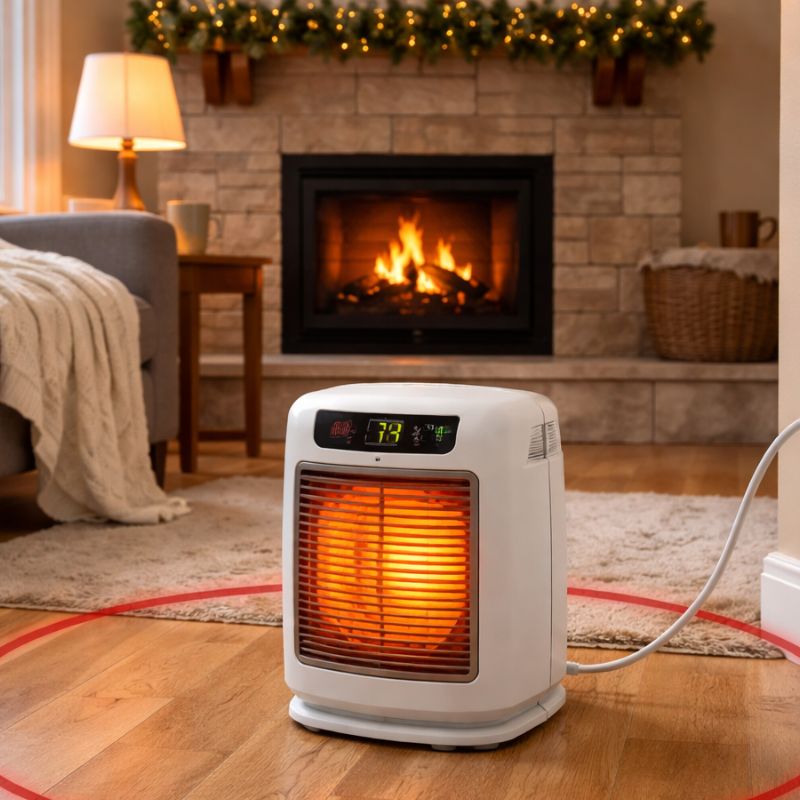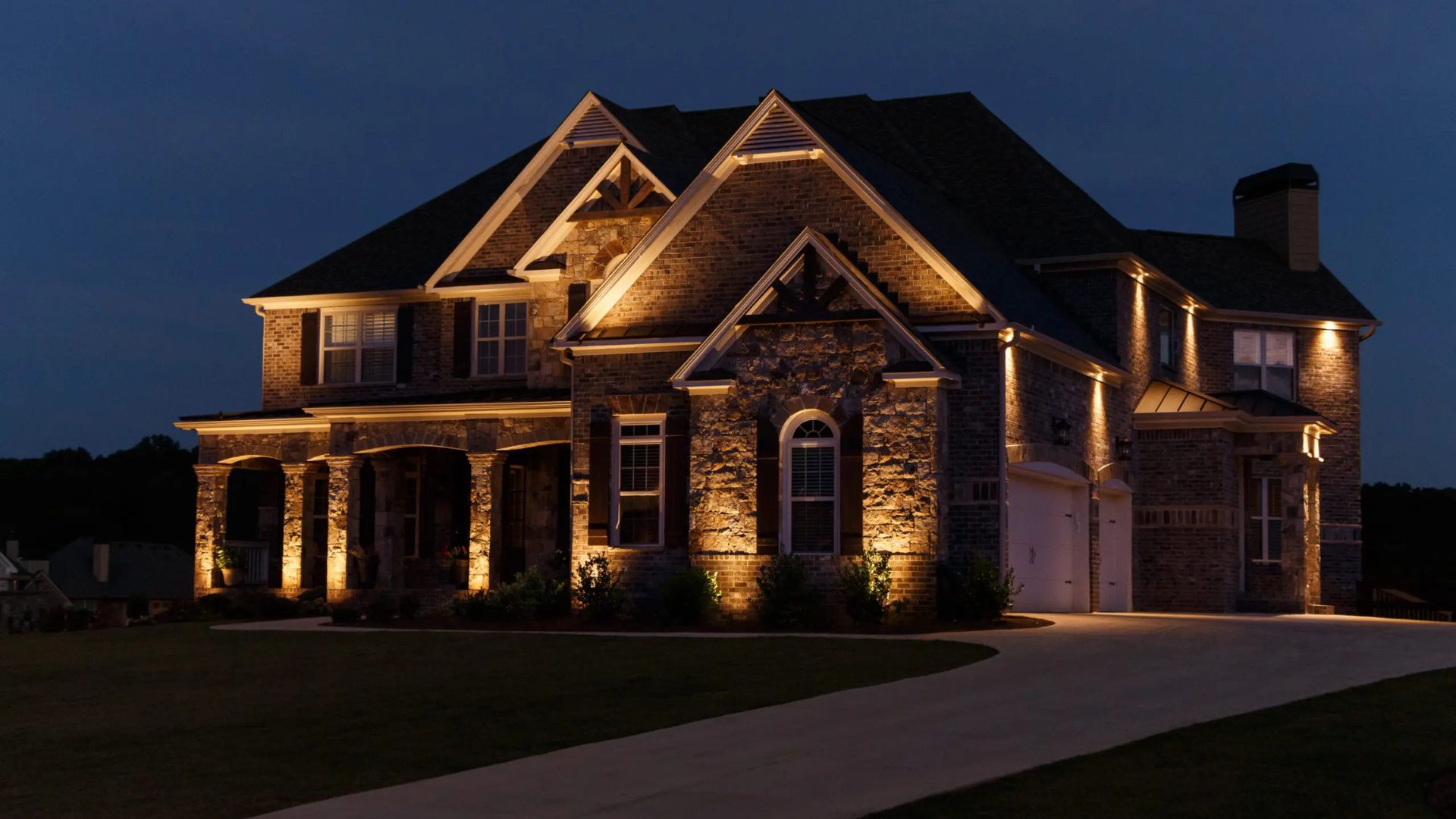Contents
- Light Bulbs for Every Area of Your Home
- Understanding Light Bulb Basics Before You Buy
- Best Light Bulbs for the Kitchen
- Best Light Bulbs for the Bathroom
- Best Light Bulbs for the Living Room
- Best Light Bulbs for Bedrooms
- Best Light Bulbs for the Home Office
- Best Light Bulbs for the Garage, Basement, or Utility Rooms
- FAQs About Choosing the Right Light Bulbs
- Save Energy, Save Money, Save Your Eyes
Light Bulbs for Every Area of Your Home
Is your home lighting working for you, or just… flickering in the background like a forgotten ghost from the 90s?
Whether you’re setting the mood in the living room, getting precise with your knife skills in the kitchen, or reading a mystery novel in bed, the right light bulb can make all the difference.

If you’re asking, “What light bulb do I need for this room?” — you’re not alone.
In this guide, we’ll help you find the best light bulbs for every space in your home, answer your most common questions, and throw in some wattage wisdom to help you save energy (and a few bucks).
Let’s light things up, room by room.
Understanding Light Bulb Basics Before You Buy
Before we dive into which bulb goes where, let’s break down the big three: types of light bulbs, light bulb wattage, and color temperature.
Types of Light Bulbs
There are three main contenders in the lighting ring:
- LED (Light Emitting Diode): Energy-efficient, long-lasting, and cooler than a polar bear in sunglasses. Use these anywhere.
- CFL (Compact Fluorescent Lamp): Decent efficiency but not great with frequent on/off usage or enclosed fixtures.
- Halogen/Incandescent: Old school, warm light, but burns out faster and guzzles electricity like it’s free (it’s not).
For almost every room in your home, LED bulbs are the recommended light bulbs. They’re efficient, available in many styles, and last longer than your last three phones combined.
Wattage vs. Lumens
- Wattage tells you how much energy a bulb uses.
- Lumens tell you how much light a bulb gives off.
Higher lumens = brighter light.
For example:
- 450 lumens = soft lighting (think cozy reading nook)
- 800 lumens = general use lighting
- 1600 lumens = task lighting (like kitchen counters or garage workspaces)
💡 Pro tip: Don’t just match the wattage from your old bulbs, check the lumens for better brightness.
Color Temperature (Kelvins)
- 2700K–3000K: Warm, cozy glow. Great for bedrooms and living rooms.
- 3500K–4100K: Neutral white. Good for kitchens and bathrooms.
- 5000K–6500K: Bright daylight. Use in garages, offices, or anywhere you want laser-sharp visibility.
Best Light Bulbs for the Kitchen
Your kitchen isn’t just a place for toast and coffee, it’s a multitasking zone. You need bright, focused lighting for prep work, but maybe softer lighting for evening wine and chats.

- Recommended lumens: 5,000 to 10,000 total
- Color temp: 4000K to 5000K
- Bulb type: LED, especially under-cabinet LEDs for task lighting
Look for dimmable LED ceiling lights or recessed lighting. Bonus points for motion-activated under-cabinet lights (because carrying a midnight snack in the dark is a real hazard).
🔗 Need help upgrading your kitchen lighting? Check out our Lighting Installation Services.
Best Light Bulbs for the Bathroom
Lighting in the bathroom should flatter, not frighten. You want bright light near the mirror, but not so bright it feels like a police interrogation.
- Recommended lumens: 4,000–8,000
- Color temp: 3000K to 4000K
- CRI (Color Rendering Index): 90+ for natural-looking skin tones
- Bulb type: LED or halogen for mirror lighting
Avoid CFLs in bathrooms, they hate moisture and burn out fast when turned on and off frequently.
Best Light Bulbs for the Living Room
The living room is for relaxing, entertaining, and, let’s be honest, binging Netflix. Lighting should be flexible and cozy.
- Recommended lumens: 1,500–3,000
- Color temp: 2700K–3000K
- Bulb type: LED or smart bulbs
Use floor lamps, table lamps, and dimmable overhead fixtures to layer light. Smart bulbs are perfect here, you can switch from “movie mode” to “game night” with your voice.
Best Light Bulbs for Bedrooms
In the bedroom, lighting should say “let’s unwind,” not “let’s have a dental exam.” Soft, warm lighting helps your body wind down before bed.
- Recommended lumens: 1,500–4,000
- Color temp: 2700K or lower
- Bulb type: LED, preferably with dimmable options
Pro tip: Avoid bulbs above 3000K. Blue-toned light can mess with your melatonin production.
Looking for a fan-light combo? See our guide: Choosing the Right Ceiling Fan
Best Light Bulbs for the Home Office
Working from home? Don’t let bad lighting sabotage your productivity (or your Zoom appearance).

- Recommended lumens: 3,000–6,000
- Color temp: 4000K–5000K (cool white)
- Bulb type: LED
Add adjustable desk lamps with directional lighting. You’ll look more alert and feel it too, studies show cooler light boosts concentration.
Best Light Bulbs for the Garage, Basement, or Utility Rooms
Function is king here. You’re fixing stuff, sorting tools, maybe chasing off raccoons.
- Recommended lumens: 8,000+
- Color temp: 5000K–6500K
- Bulb type: LED shop lights or tubes
Motion sensors are helpful for when your hands are full, or when you just want to pretend your garage is automated like a sci-fi lab.
FAQs About Choosing the Right Light Bulbs
What light bulb do I need for my room?
It depends on the room’s purpose, how much light you need, and the mood you want to create. Bedrooms = warm and dim. Kitchens = bright and cool. You get the idea.
What’s the best light bulb for natural light?
Look for daylight bulbs with a color temp of 5000K–6500K. These are great for offices, garages, or makeup mirrors.
Are LED bulbs really better?
Yes. They use up to 80% less energy than incandescent bulbs and last up to 25 times longer. Plus, they come in every color and brightness imaginable.
Save Energy, Save Money, Save Your Eyes
Upgrading your light bulbs isn’t just about aesthetics. It’s one of the simplest ways to:
- Lower your electricity costs
- Make your home feel more comfortable
- Reduce your carbon footprint
- Extend the life of your light fixtures
Pair your new bulbs with smart lighting controls, dimmers, or timers for extra savings.
🔌 Want to optimize your entire electrical setup?
Learn more about our Smart Home Electrical Upgrades.
Related Posts
If you enjoyed reading this, then please explore our other articles below:








